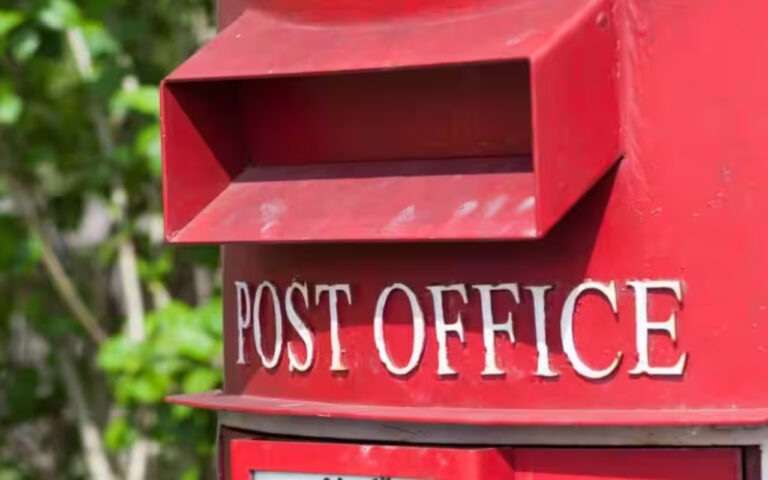Setback for Russia’s Lunar Mission as Luna 25 Spacecraft Crashes on Moon
In a disappointing turn of events for Russia’s space endeavors, the nation’s ambitious lunar mission suffered a setback as the Luna 25 spacecraft crashed into the moon’s surface.
The incident dealt a blow to Russia’s aspirations in space exploration, with communication being abruptly cut off from the robotic spacecraft.
The Russian space agency, Roscosmos, reported that the communication loss occurred on Saturday around 2:57 p.m. Moscow time, despite efforts to locate and reconnect with the craft.
Preliminary analysis revealed that Luna 25 had deviated from its designated orbit, ultimately leading to the collision with the moon’s surface. However, the specific cause of the crash remains unclear, prompting Roscosmos to initiate a thorough investigation into the matter.
This incident marks a significant setback for the nation’s space agency and its hopes to continue its lunar exploration legacy. You may also read Steelers Conclude Preseason with Convincing Win and Healthy Starters.
The Luna 25 mission aimed to revitalize Russia’s involvement in independent moon exploration, harking back to the nation’s Soviet-era Luna program.
This mission was particularly crucial as Russia faced financial challenges, corruption scandals within its space program, and growing isolation from the Western space community.
The intended landing site was the moon’s south pole, an area of immense scientific interest due to the potential presence of water in the permanently shadowed polar craters.
Such water resources could prove valuable for future missions, as they could potentially be transformed into air and rocket fuel.
The impact of Luna 25’s failure is expected to extend beyond this mission alone. Valery Yegorov, a former researcher from Russia’s space program, suggested that the crash could be linked to electronic issues, potentially exacerbated by Western sanctions.
Luna 25’s launch had been delayed multiple times over the past five years, with some attributing these delays to sanctions imposed on Russia following the Crimea annexation.
Russia’s subsequent lunar missions, including the Luna 26 orbiter and Luna 27 lander, were planned to follow in the years after Luna 25. You should also check Tim McGraw on Country Music’s Triumph, Personal Growth, and Family Priorities.
Previously, the European Space Agency (ESA) had been a partner in these missions, but they withdrew their involvement in the wake of Russia’s actions in Ukraine in 2022. The impact of Luna 25’s failure on the timeline of these future missions remains uncertain.
The incident also raised questions about Russia’s ability to contribute significantly to global space projects.
Their involvement in the International Lunar Research Station (ILRS) project’s infrastructure was initially anticipated, but doubts have emerged given their occupation of Ukraine.
Luna 25’s mission was also noted for its race against India’s Chandrayaan-3 lander, which was aiming for a similar landing near the moon’s south polar region.
Chandrayaan-3 successfully adjusted its lunar orbit and was poised for a landing attempt. Additionally, Japan’s space agency, JAXA, is preparing for a mission called the Smart Lander for Investigating Moon (SLIM), which aims to enhance landing precision and cost-effectiveness in lunar exploration.
While Luna 25’s crash is undoubtedly a setback for Russia’s lunar ambitions, the incident underscores the complex nature of space exploration and the challenges that even experienced space agencies can face.
As investigations into the crash continue, the global space community eagerly awaits insights that could pave the way for more successful lunar missions in the future.







